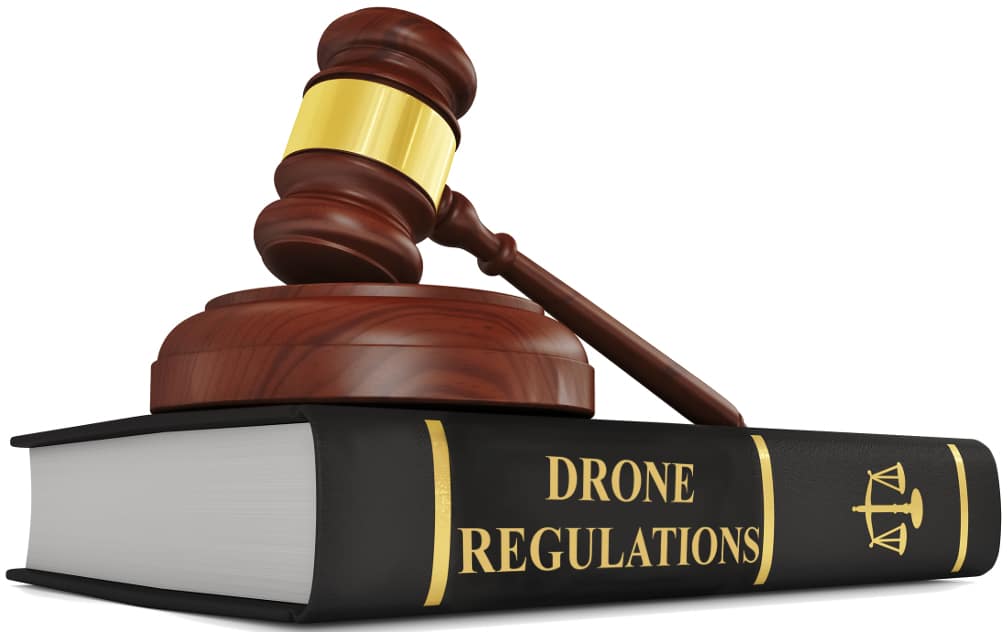- Joined
- Apr 29, 2019
- Messages
- 9
- Reaction score
- 3
- Age
- 20
So... what happened?
I was flying my Yuneec Typhoon H480 yesterday over a protected forest near my house. I had no line of sight to the drone, so I was relying on the camera view on my ST16. I was not nervous because I had flown much greater distances before without a line of sight before. However, after about 50-60 seconds into the flight, I lost the signal. All the gauges and data (distance, speed, altitude, etc.) on my ST16 disappeared and the live footage from my flight disappeared. All I could see now was blank gauges, the connecting to RC and connecting to WIFI popup, and the stock blank background the ST16 gives (the one that looks like a bluish mountainscape). Obviously, since I was flying over a heavily wooded area and lost signal, I got scared and expected the worst. I waited for myST16 to reconnect (which it did) and immediately flipped the switch from Angle to Return to Home mode.
A few Notes:
- I am a semi-experienced drone pilot. I have flown a lot of drones before, but I have flone my Typhoon H only about 6 times. It is my first high end or professional drone.
- The drone was somewhere between 1200-1500 feet away from me when it lost signal. I can't exactly recall the exact distance it was though.
- I had calibrated the compass, gimbal, and accelerometer the day earlier before this flight. I calibrated the gimbal and accelerometer successfully, but not the compass. I didn't know how to. I just set my drone on a flat surface and thought the compass would calibrate itself, but now I know I was wrong.
- After my drone returned back to me thanks to the return to home mode, I flew it again to see what would happen (much closer to me this time so I have a Line of Sight). I kept getting a recalibrate compass pop-up on my ST16, so I opened a youtube tutorial and did it correctly this time (using the flashing lights and rotating it twice and everything).
- I reviewed footage of my drone that it recorded from its camera. During the time signal was lost, the Typhoon H stayed in place until it reconnected and I turned on Return to Home.
Thanks for your help. I've seen what the community can do and you guys are amazing. I'm just really scared and don't want this to happen again because I fly over a lot of wooded and forested areas and I can't risk losing such an expensive drone.
I was flying my Yuneec Typhoon H480 yesterday over a protected forest near my house. I had no line of sight to the drone, so I was relying on the camera view on my ST16. I was not nervous because I had flown much greater distances before without a line of sight before. However, after about 50-60 seconds into the flight, I lost the signal. All the gauges and data (distance, speed, altitude, etc.) on my ST16 disappeared and the live footage from my flight disappeared. All I could see now was blank gauges, the connecting to RC and connecting to WIFI popup, and the stock blank background the ST16 gives (the one that looks like a bluish mountainscape). Obviously, since I was flying over a heavily wooded area and lost signal, I got scared and expected the worst. I waited for myST16 to reconnect (which it did) and immediately flipped the switch from Angle to Return to Home mode.
A few Notes:
- I am a semi-experienced drone pilot. I have flown a lot of drones before, but I have flone my Typhoon H only about 6 times. It is my first high end or professional drone.
- The drone was somewhere between 1200-1500 feet away from me when it lost signal. I can't exactly recall the exact distance it was though.
- I had calibrated the compass, gimbal, and accelerometer the day earlier before this flight. I calibrated the gimbal and accelerometer successfully, but not the compass. I didn't know how to. I just set my drone on a flat surface and thought the compass would calibrate itself, but now I know I was wrong.
- After my drone returned back to me thanks to the return to home mode, I flew it again to see what would happen (much closer to me this time so I have a Line of Sight). I kept getting a recalibrate compass pop-up on my ST16, so I opened a youtube tutorial and did it correctly this time (using the flashing lights and rotating it twice and everything).
- I reviewed footage of my drone that it recorded from its camera. During the time signal was lost, the Typhoon H stayed in place until it reconnected and I turned on Return to Home.
Thanks for your help. I've seen what the community can do and you guys are amazing. I'm just really scared and don't want this to happen again because I fly over a lot of wooded and forested areas and I can't risk losing such an expensive drone.



